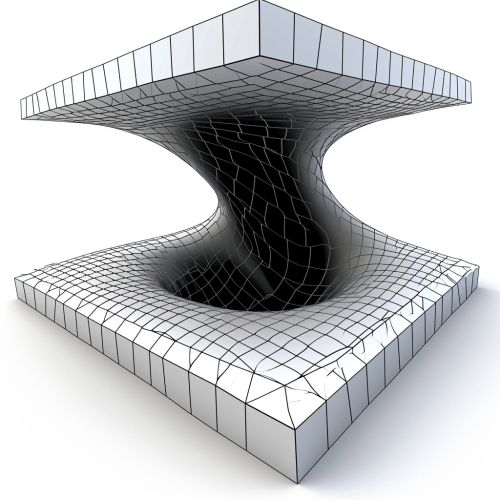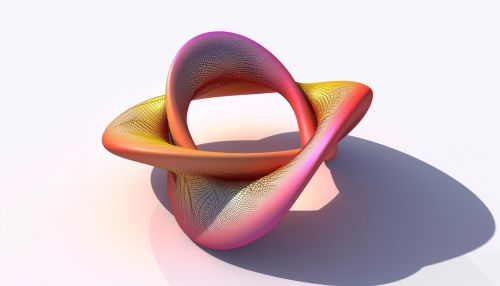Differentiable Manifold
Introduction
A differentiable manifold is a type of mathematical structure used in fields such as calculus, topology, and differential geometry. It provides a framework for describing geometrical and topological properties, allowing for the application of calculus to these structures.


Definition
Formally, a differentiable manifold is a topological space with a maximal atlas of coordinate charts that are diffeomorphisms onto open subsets of Euclidean space. The charts in the atlas are compatible in the sense that their transition maps are differentiable functions.
Properties
Differentiable manifolds exhibit several key properties. They are locally similar to Euclidean space, meaning that near each point, they look like a piece of Euclidean space of a certain dimension. This dimension is called the dimension of the manifold and is the same at every point.
Differentiability Classes
Differentiable manifolds can be classified according to their differentiability class. This is a measure of how many times the functions on the manifold can be differentiated while still remaining continuous. The differentiability class is usually denoted by a letter and a number, such as C^k, where k is the number of times the function can be differentiated.
Examples
Examples of differentiable manifolds include spheres, tori, and real projective spaces. These manifolds are used in various areas of mathematics and physics, including general relativity and quantum mechanics.
Applications
Differentiable manifolds have a wide range of applications in mathematics and physics. They are used in the study of geometric topology, differential topology, and algebraic topology. In physics, they are used to describe the structure of the universe in general relativity, and the behavior of particles in quantum mechanics.
